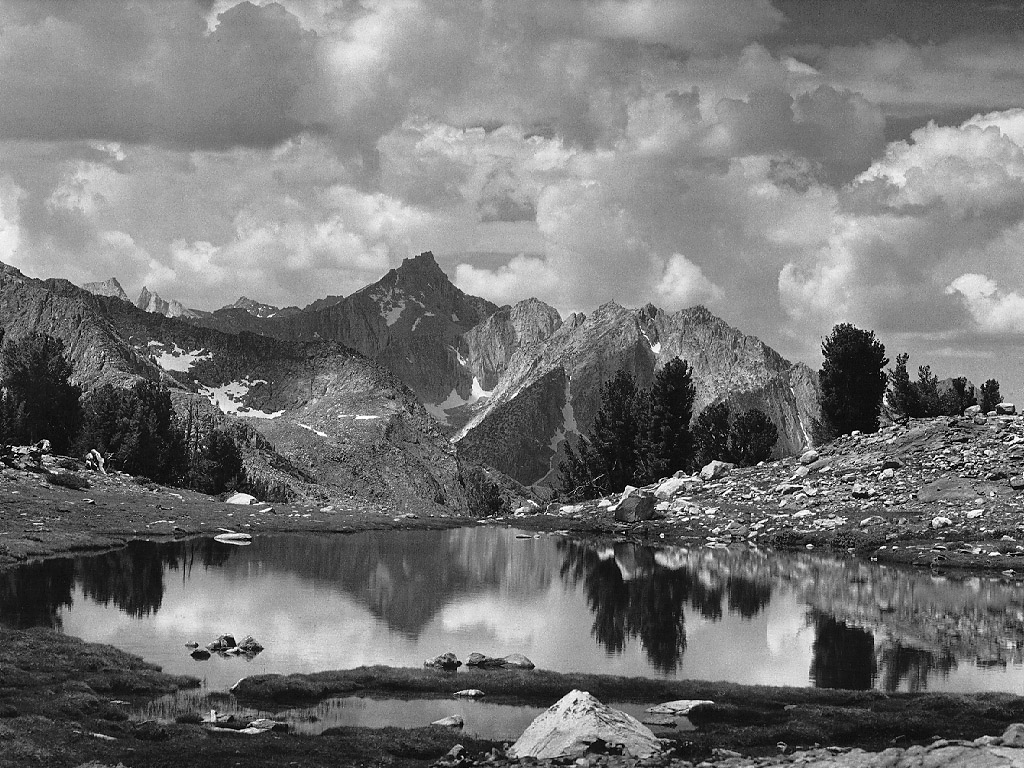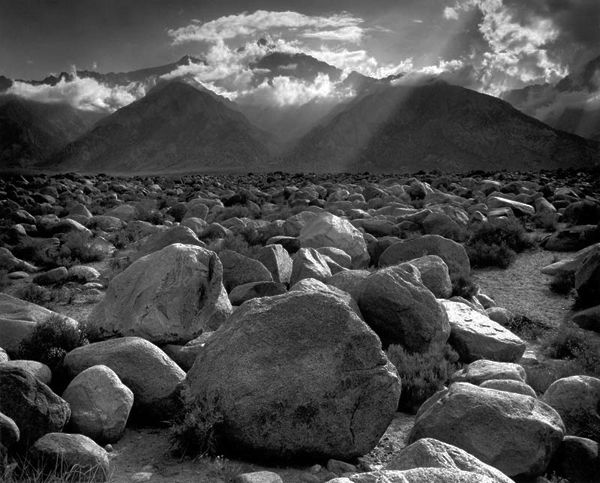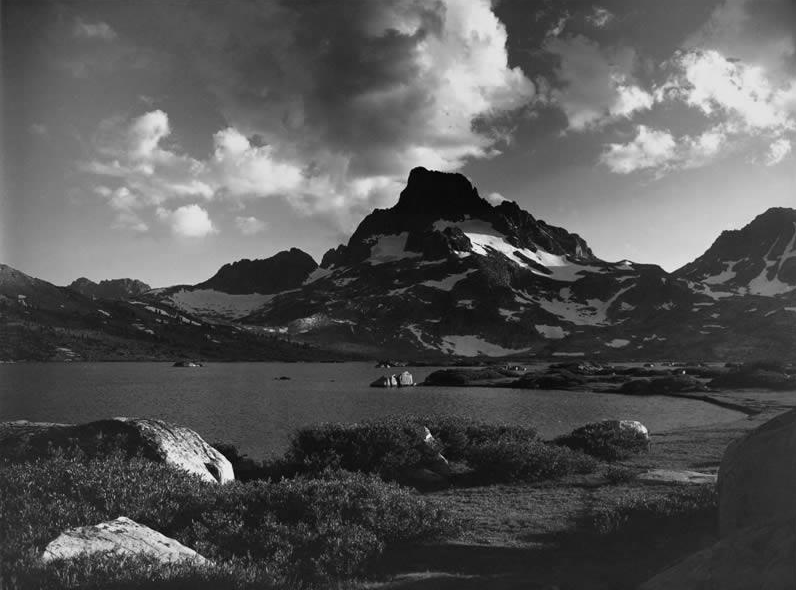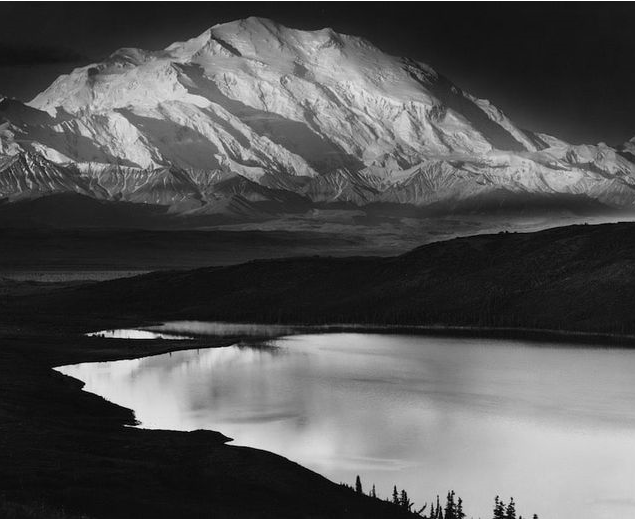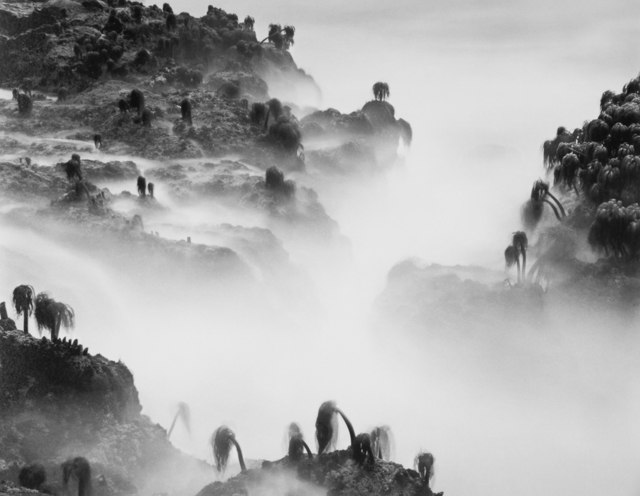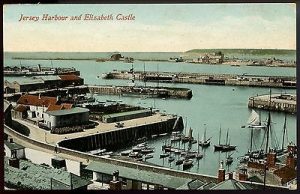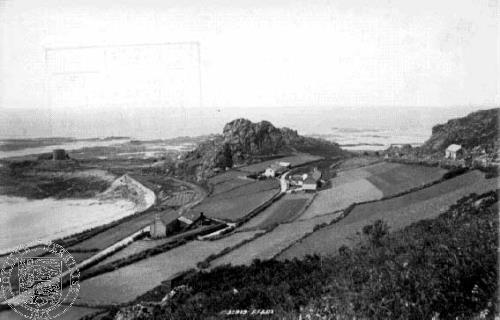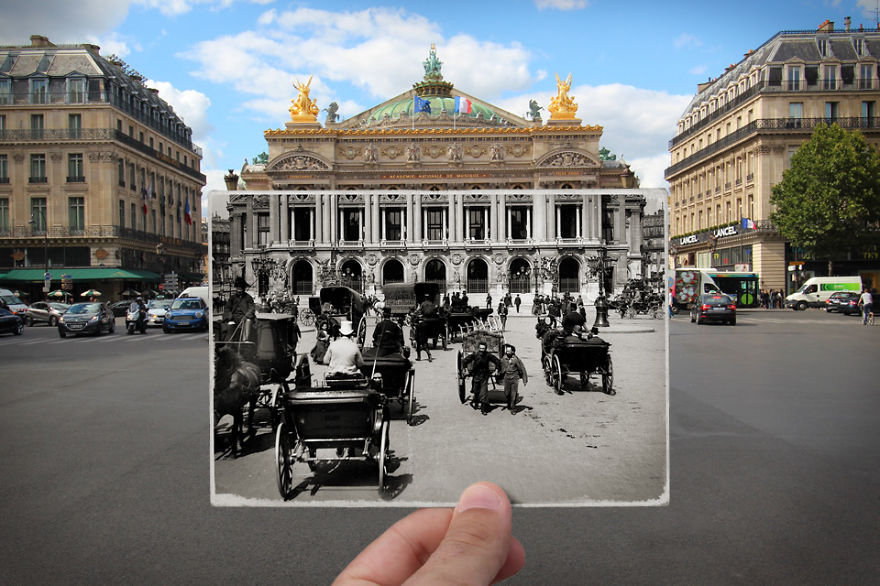Ansel Adams
Ansel Adams (1902-1984) was an American photographer who captured dramatic black and white landscape images as a committed environmentalist. His love of nature, which led to him capturing some of the most influential landscape images in history, was sparked by his native area in California, Adams grew up in a house amid the dunes of the Golden Gate before the famous bridge linking the two headlands was built. The area around San Francisco was still wild then, and he would go on long hikes which helped him escape troubling aspects of his childhood, such as his unhappy schooling and his parents’ financial worries. Adams had so much appreciation for the natural world that he decided he wanted to capture it’s intense atmosphere through photography, it was important to him to show the drama and emotion he felt while exploring these beautiful areas.
The primary technique Adams used to photograph his greatest works was visualisation, the impact this concept had really changed the way photographers captured scenes and decided on their final images. The visualisation process included seeing the photograph’s final product in your mind, deciding the lighting, framing, tones, focus and all other aspects before actually taking the photo. Adams, when describing visualisation, said ‘We must explore what lies before our eyes for its significance, substance, shape, texture, and the relationship of tonal values. We must teach our eyes to become more perceptive.’ By using this technique, Adams has captured some of the greatest landscape images in history, clearly portraying a depth of emotions and connotations behind each photograph. An example where Adams used visualisation as his breakthrough was in 1927, when he wanted to capture the ‘majesty’ of the Half Dome rock formation at Yosemite National Park, but only had one plate left. Visualisation was used when Adams started picturing the image he wanted, ‘a brooding form, with deep shadows and a distant sharp white peak against a dark sky’, however he realised that a yellow filter would not capture the drama of the image as he saw it. Instead, he used a red filter with a long exposure to photograph the image he had imagined in his mind, he said he had achieved ‘my first conscious visualisation’, which allowed him to capture ‘not the way the subject appeared in reality but how it felt to me’. Furthermore, Ansel Adams (along with Fred Archer) formed ‘The Zone System’ where they were able to perfectly control the contrast in their black and white photos, Adams’ base rule was: “Expose for the shadows; develop for the highlights.” The Zone System consists of 0-10 tonal shades (0 being pure black, 10 being pure white) which Adams used to determine the final development of his images. This technique has allowed photographers to have control over the darkest and lightest points of their image, manipulating the meaning and effect portrayed through highlights and shadow.

Ansel Adams’ Photography
Image Analysis

In this photograph Ansel Adams has captured the dramatic atmosphere of Yosemite National Park, with several dynamic features that really show the beauty of nature. The first element that really stands out is his use of the rule of thirds in the composition of this image. In the foreground we can see a dense forest forming 1/3 of the photograph, the middle of the image shows the colossal mountains and the last 3rd of the image depicts the clouded sky. Each section of the photograph holds a different tone, gradually getting lighter as the viewer’s eyeline moves up the photo. Adams has created an easily noticeable sequence through this technique, allowing the observer’s focus to travel through each section, appreciating every small detail of the beautiful nature Adams wanted to capture. Moreover, Adams has used his signature technique of ‘The Zone System’ to further the dramatic contrasts and establish a relationship between the darkest and lightest points of his image. For example, Adam’s has captured zone 0, the deepest tone, around the edges of his photograph which creates a vignette effect as the dark shadows gradient into the middle of the image. Additionally, we can see Adams has captured one of the brighter zones such as 9 or 10 in the centre of the image, highlighting the expanse of mountains going into the distance. This not only shows a wide depth of field, but also the use of this bright white tone connotes themes of biblical imagery, as if a God-like figure waits at the end of the mountains shining a white light to guide the way. It is clear that Adams used a higher f- number to capture this depth as the aperture would need to be larger in order for him to photograph every minuscule detail of the environment around him.
Furthermore, Adams has captured leading lines throughout this image, which act as outlines separating the jagged mountains from the sky. For example, in the mid-left of the photo the observer’s attention is brought to the dark, curved outline of the forest covered mountain which contrasts greatly with the brighter mountain wall behind it. Also, the range of shadows and highlights captured in each mountain’s peak really emphasises the emotion and astonishment Adams felt while taking in this natural environment, it exaggerates his feelings towards the beauty of nature. Another clear feature of this image that shows this dramatic contrast is Adams’ use of directing sunlight to highlight specific areas of his photo. In the mid-right of the image Adams has positioned his camera in a way to capture the bright natural light reflecting off of a waterfall- clearly creating a contrast between the dark shadows of the forest and the glowing water. In addition, there is a wide variety of textures created in this image that further Adams’ theme of the importance and elegance of the natural world. The harsh pointed lines of the mountain peaks form an irregular and spikey texture however the thick scope of trees below provides a more bristly feathered texture, as they all lie closely to each other forming a sort of blanket. This contrast and range in textures creates a powerful atmosphere as they exaggerate the breath-taking feeling, and contrasting emotions, Adams felt while admiring this surrounding.


